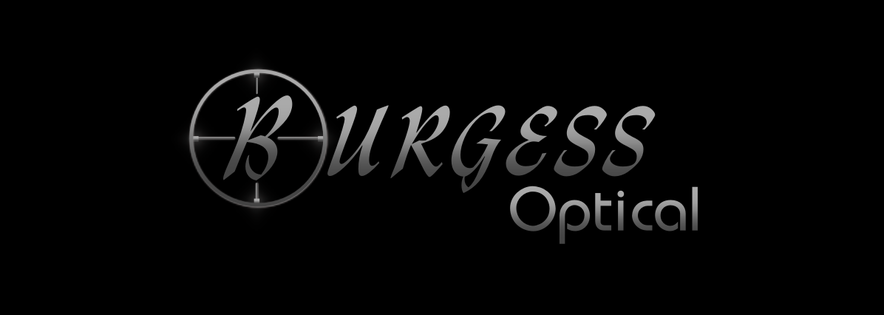|
Fall is my favorite season! Darkness falls sooner. The Summer haze dissipates. Nights are cool and crisp. This is a great time to view many objects in the heavens. Galaxies galore, nebulas abound, star clusters are everywhere and of course there is a multitude (pun intended!) of double/mulitple stars. Here is my arbitrary list of the “best” double stars for Fall and Winter. Again the concentration is on color, ease of splitting (although a couple are pretty close to one another), and just plain attractiveness in the eyepiece. Only three on this list are below the Celestial Equator and the lowest listing is -23°. All can be split with a 4-inch or larger scope and several can be separated with a 60mm refractor. Listed in order of Right Ascension.
Gamma Arietis RA 01 H Dec 19° “Mesarthim” This double is separated by 8 arc seconds so this is an easy split. Both stars shine at a combined magnitude of 3.9. Looks like a pair of headlights pointed at you! Gamma Andromedae RA 02 H Dec 42° Very beautiful and great contrast at blueish and yellow. Striking in even a small scope. It is easy to imagine that one is looking at a star with a huge planet orbiting it. Many amateur astronomers have the opinion that only Alberio is more attractive. A must see for your observing list. Iota Trianguli RA 02 H Dec 30° A nice pair of stars that shine at 5.0 and 6..4 magnitude. Separated by 4 arc seconds. Each star itself is a binary. I have seen this pair many times while scanning for M33. Worth seeking out. Iota Cassopeiae RA 02 H Dec 67° A triple star system at magnitudes of 4.0, 7.0 and 6.2. The brightest star is yellowish while the other two have a blueish cast. Very nice. Gamma Ceti RA 02 H Dec 3° A beautiful pair of yellow and blueish stars that shine at 3.6 and 6.2 magnitudes. Separated by just 3 arc seconds so use a little more magnification. Sigma Orionis RA 5 H Dec -5° The famous “Trapezium”. A must see quadruple star system in the spectacular M42 Great Nebula. The stars range from 4th to 10th magnitude so crank up the magnification of your scope. H3780 Leporis RA 05 H Dec -18° OK, so this object is on hardly anyone's observing list. So why did I include it here? This is a multiple star system with at least six individual stars visible with a large scope. My 8-inch dob routinely shows 4 or 5 stars depending on the seeing. This system could also be described as a small open cluster. The magnitudes vary from 7th to 10th and some stars are pale blue. Not too difficult to find as H3780 is only a couple of degrees East of Alpha Leporis. H3945 Canis Majoris RA 07 H Dec -23°. A 5.0 mag orangish star paired with a 7.0 mag blueish star separated by 27 arc seconds. An easy double that is beautiful to view. Alpha Geminorum RA 07H Dec 32° “Castor” This fine double has white components, both with a greenish tint. They are similar in magnitude at 2.0 and 2.8. Very lovely. Once as a challenge I took an 8x50 right angle finder scope and modified it to accept traditional 1 1/4-in eyepieces. At about 60x the double star was split. Not cleanly as there was chromatic aberration and a fuzziness of image but it was split! Zeta Aquarii RA 22H Dec 00° Close to each other at 4.4 and 4.6 magnitudes. Pale green and yellow separated by only 3 arc seconds. Like Gamma Arietas this pair is often described as appearing like a pair of headlights. Very lovely!
1 Comment
|
About the Author:
Terry Alford has been an avid amateur astronomer since 1979. He is currently a member of two astro clubs: Bays Mountain Astronomy Club (founding member) and Bristol Astronomy Club. Since 2001 Terry has taught Astronomy Labs at East TN State University. His first ATM project was in 1979 and was an equatorial pipe mount for an 8-in reflector. His woodworking shop also turns out toys for grandkids. Archives
June 2017
Categories |

 RSS Feed
RSS Feed
